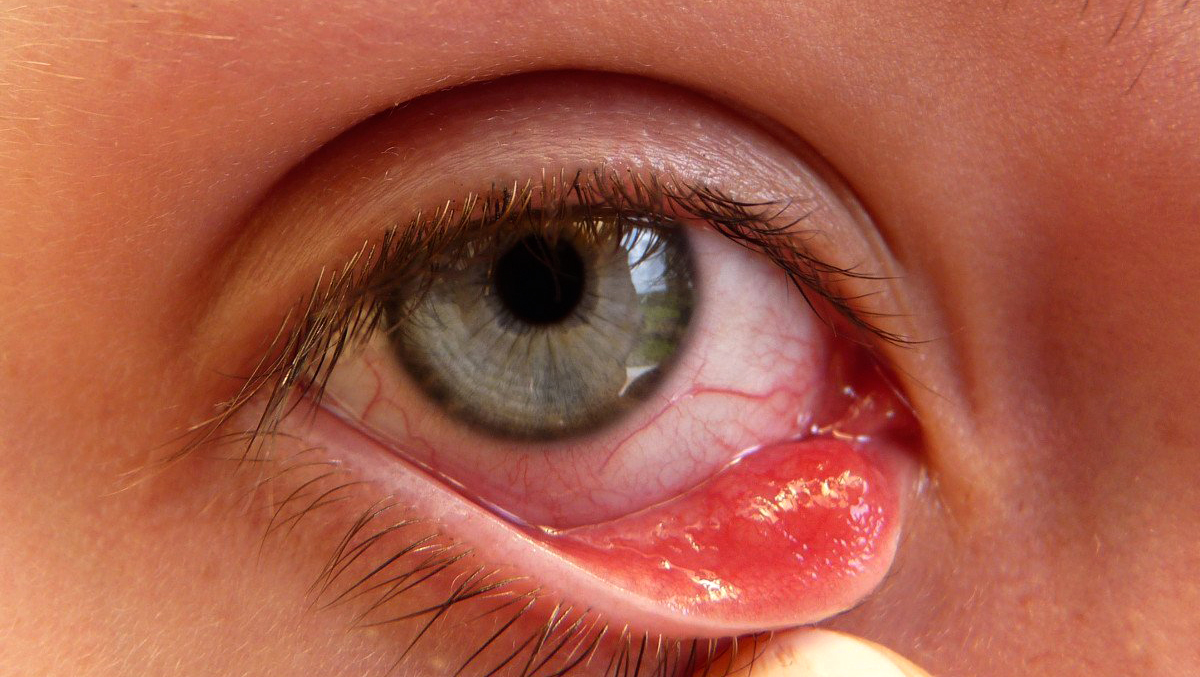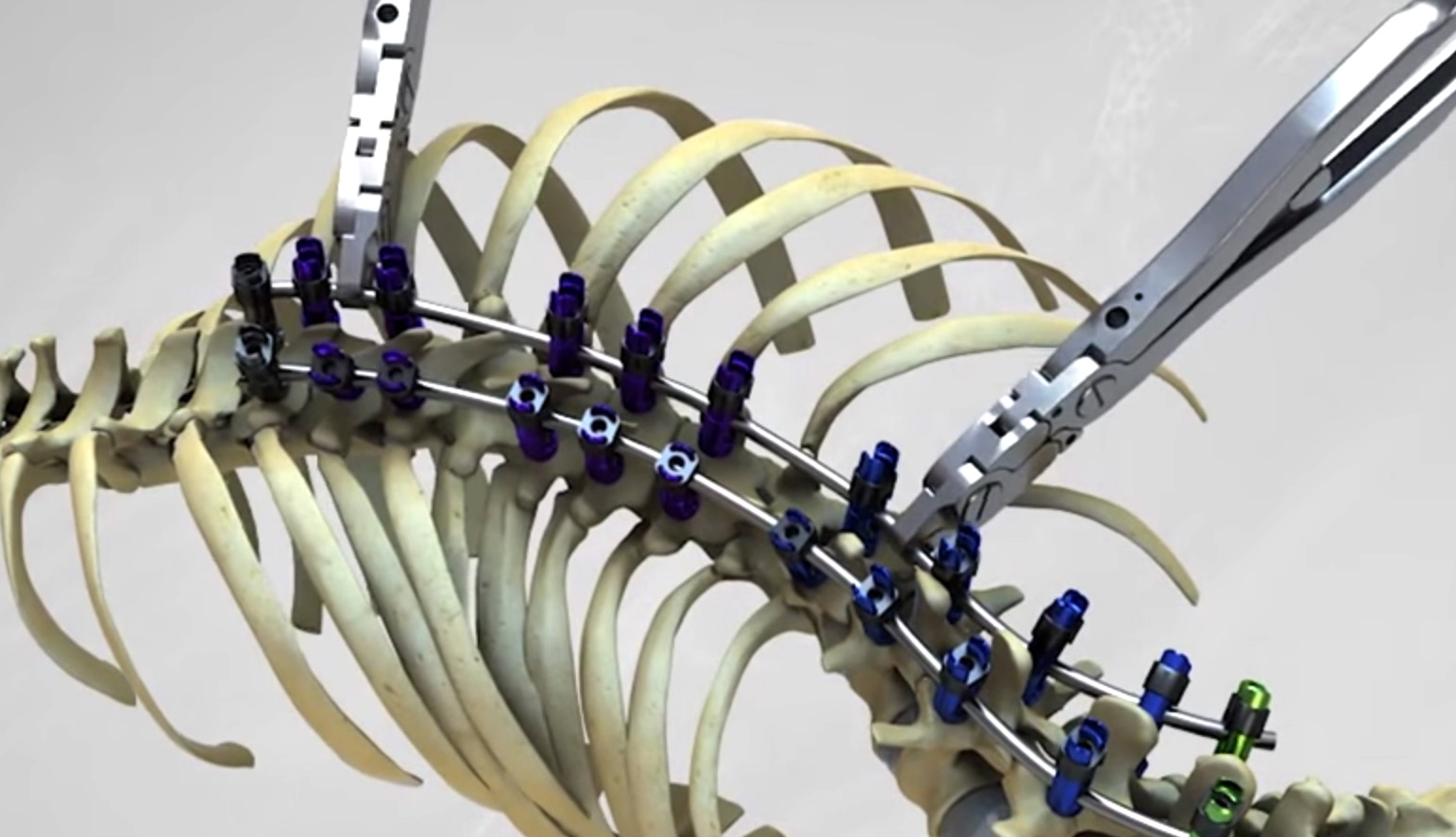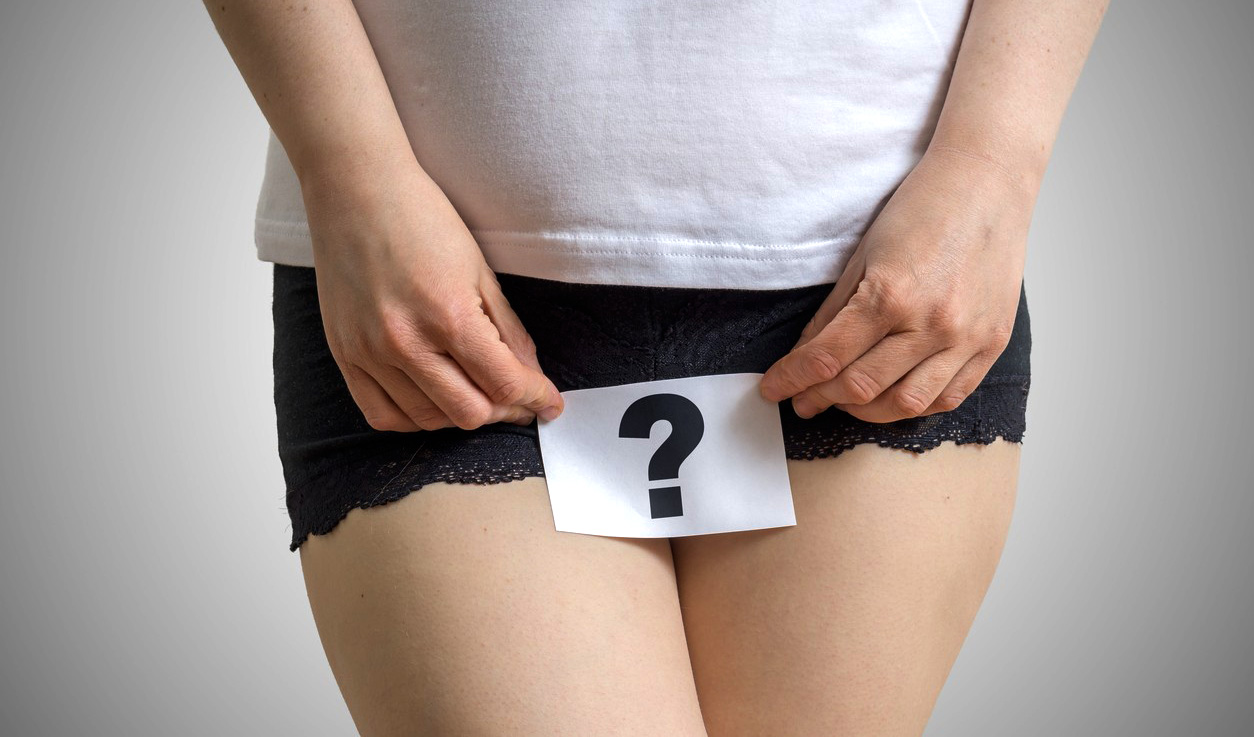In most cases a stye does not require a specific treatment.
A stye usually goes away by itself.
Reappearances are frequent. For a persistent stye, the doctor may recommend treatments such as the following: Antibiotics; antibiotic drops or a topical antibiotic ointment to put on the eyelid.
Surgery to relieve pressure. If the stye does not disappear, the doctor may make a small cut in the stye to drain the pus. This helps accelerate healing and relieves pain and swelling.
The treatment is reduced to applying moist and hot compresses on the affected area for at least 10 minutes. The performance will be repeated four times a day. It is important not to try to remove the stye or any other protrusion of the eye as it can generate more complications. The infection should be allowed to reduce itself and, above all, not to wear contact lenses or apply makeup in that eye until it has healed.
On the other hand, the specialist can prescribe ointments with antibiotic or make an opening to empty the stye. This last practice can only be performed by the health worker.
Most styes do not affect the visibility of the eye. In the most severe cases, the redness and swelling may affect the cheek or other parts of the face, but if it has not improved within 48 hours, proceed to contact a doctor.
Learn more about your health and well-being at Pharmamedic.







